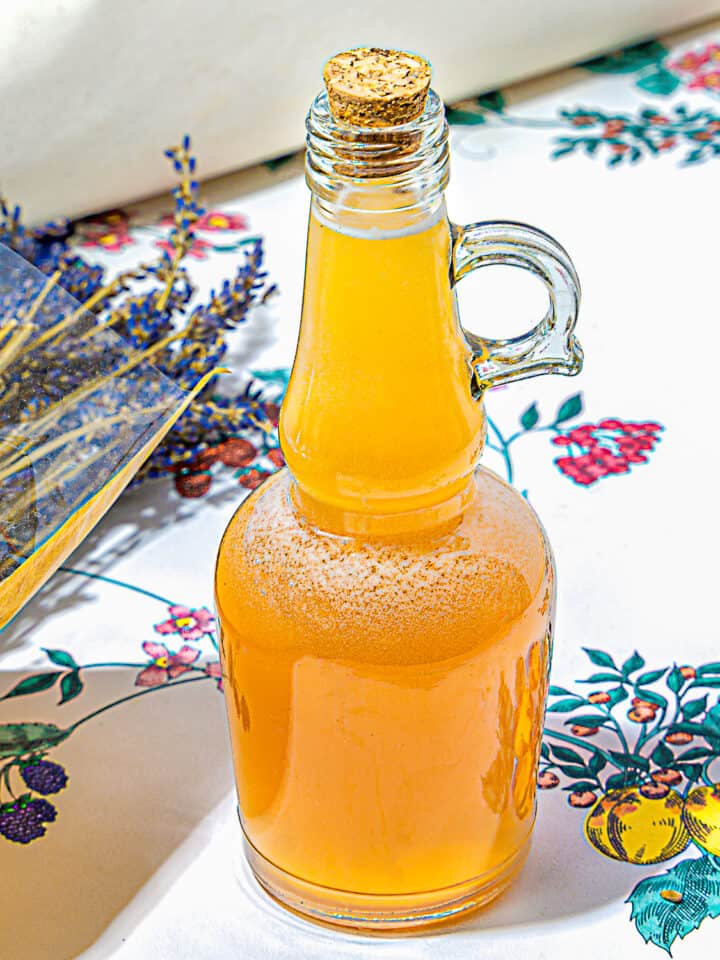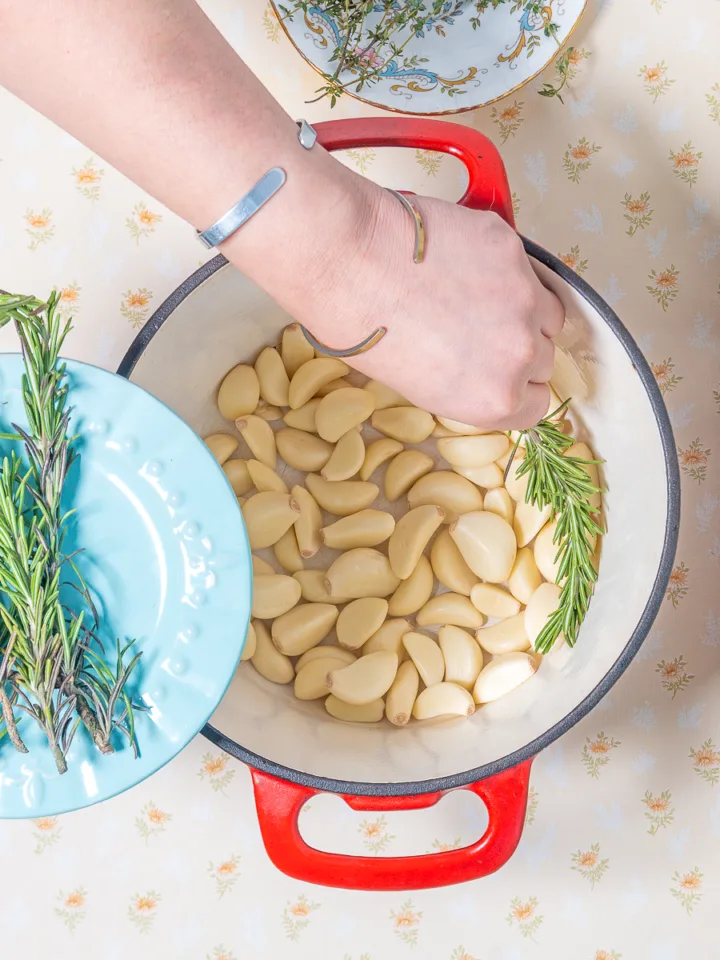
Did you know you can make food last longer using your freezer space correctly? Here are some frozen food tips on making the best use of your freezer, alongside other food storage ideas.
Use Sealable Freezer Bags
Part of the issue with freezing leftover food is that it can take up a lot of freezer space. If you want to ensure you are freezing food safely and utilizing the space available, it's best to use Ziploc or sealable freezer bags.
Store Food Flat
Lay the bag flat on the worktop. Once you have your food inside, press out excess air inside them. This will allow you to store the food flat, allowing the packages to be stacked on top of each other. As a result, you'll be able to store more while not worrying about air contaminating the produce.
Keep Track of Dates
Keeping track of dates on the food you place in the freezer can be challenging. This is especially true if you are using the sealed bag option. First, you need to write the date on the packaging to know when it needs to be used. So, always start by writing the use-by date on the packaging.
Rotate Your Stock
The next step is to ensure you are using proper rotation. Keep the food going off the quickest near the front of the freezer. That way, you won't accidentally use the foods with the later dates first.
Create Designated Zones
Some experts recommend creating designated zones for your food. This ensures you know exactly where everything is. You can keep your frozen meats and protein stored separately, for example, followed by a place for ice, ice cream, and bits and bobs.
When you know where everything is, you'll easily see whether anything is going off quickly that you need to use up.
Keep a consistent temperature
Keep your freezer temperature consistent. Look at the thermometer. The temperature must stay below 0 degrees Fahrenheit to achieve a good-quality freeze.
Look at your packaging
If you only store foods for a month or two, it is okay to do so in the original store packaging. This tip mostly applies to meats purchased from the grocery. Instead of repackaging them, store them as is. The exception would be if you have bought in bulk and want to break the pack of meat up into a certain number of portions.
Label Everything Clearly
Label everything in the freezer with freezer-friendly tape and a black permanent marker. This especially includes clear bags and containers that contain food that's out of its packaging.
Use freezer food containers
Only use freezer bags and plastic containers that say they are safe for the freezer. Store food in appropriately sized containers as well.
Leave Plenty of Space
Leave space between items in the freezer. This allows good air circulation around the food and freezes it more effectively. You can stack items but always leave space somewhere.
Do not freeze hot foods
Wait no longer than about half an hour before freezing room-temperature foods. Always squeeze the air out of plastic backs for easier storage and less condensation.
Vacuum Seal if you can
Vacuum seal your freezer-bound foods. Use a FoodSaver to store foods in the freezer without air and moisture.
Avoid using aluminum foil for certain foods
For example, acidic items like tomatoes or tomato-based sauces may react with aluminum foil or containers in the refrigerator. This can alter the taste of the food or make it unsafe.






Comments
No Comments